1826 An adventurous couple
Frances Barkley: Eighteenth-century Seafarer
by Cathy Converse
Victoria: Heritage House, 2023
$12.95 / 9781772034417
Reviewed by Dave Flawse
*
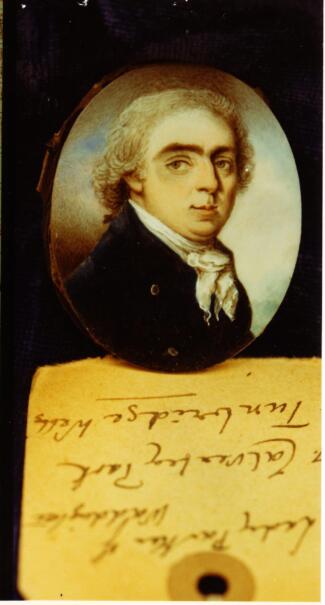
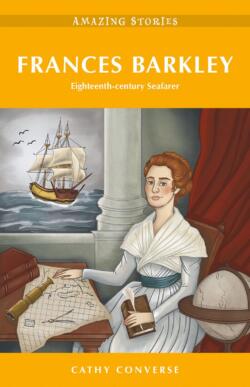 Frances and Captain Charles Barkley navigated the Imperial Eagle into Nootka Sound in June 1787. The wife, husband, and crew sailed across the globe through storms and pirate-infested waters to procure a seemingly humble item—sea otter pelts. These fetched astronomical prices in China, and, as luck would have it, the Imperial Eagle was the first trading vessel to arrive that season. This gave them first choice of pelts and an upper hand in bargaining, but the luck did not end there.
Frances and Captain Charles Barkley navigated the Imperial Eagle into Nootka Sound in June 1787. The wife, husband, and crew sailed across the globe through storms and pirate-infested waters to procure a seemingly humble item—sea otter pelts. These fetched astronomical prices in China, and, as luck would have it, the Imperial Eagle was the first trading vessel to arrive that season. This gave them first choice of pelts and an upper hand in bargaining, but the luck did not end there.
They anchored in Yuquot (Friendly Cove). “A canoe,” writes Cathy Converse in Frances Barkley Eighteenth-century Seafarer, “came alongside paddled by a man that was clothed in a greasy sea otter skin; he was disgustingly dirty.” Dr. John Mackay was a surgeon and “he then proceeded to tell us his story, which I will relay as it was extraordinary.” Sick with scurvy on a European vessel the year previous, he requested to be left ashore to recover. In that time he’d been treated well by Maquinna, the Chief of the Mowachaht tribe. But upon breaking some protocol, he was exiled from the community and survived on his own until the Barkley’s arrived. Once aboard he divulged information to help the Barkley’s procure more furs than they could have hoped to on their own.
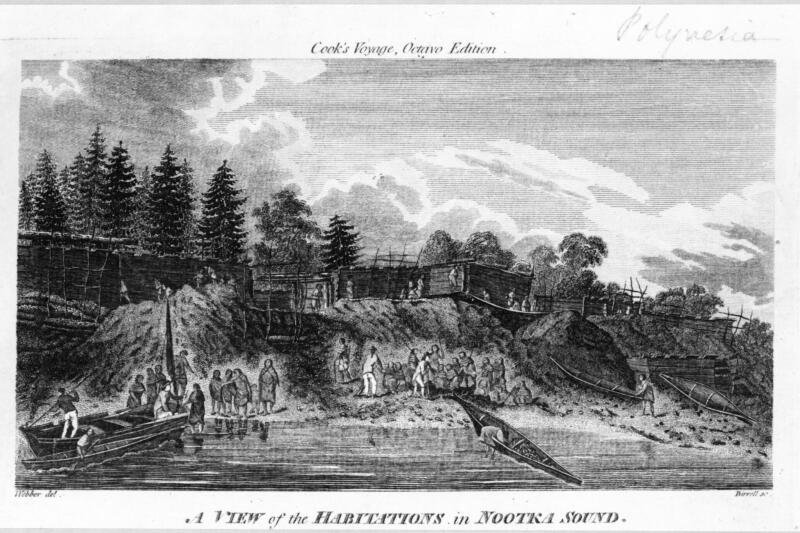
After loading furs the Barkleys sailed south and mapped what would become known to Europeans as Barkley Sound. Islanders will recognize the name, but the name Frances Barkley is less recognized. Upon marriage she refused to wait at home while Captain Barkley sailed the world. She and her husband circumnavigated the globe while they experienced the ebbs and flow of life.
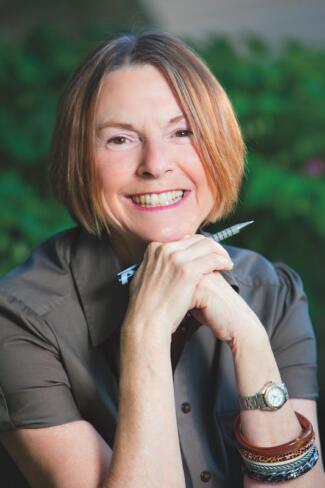
Converse shares this amazing woman’s adventures in a short and entertaining 120-page tale. The book is split into two parts and 27 chapters plus an epilogue, introduction, conclusion, and prologue. That means some of the chapters are brief (Chapter 25 is just one page long). The structure feels like a journal, and this, I suspect, is on purpose.
The story is told in first-person perspective of Frances and reads like engaging fiction, adding to the journal-like feel. This style of creative non-fiction pulls from in-depth research (the sources list is long and, if you’ve read anything else by Converse, it’s what you’d expect) and imagination. Good creative non-fiction is about making the most of what you have. Converse’s work successfully rides the edge between non-fiction and fiction in an enthralling historical journey.
A standout scene waits near the beginning and illuminates the Converse’s ability to pull the reader into the story: Frances’s second time on a ship was a voyage around the globe. Three days out she, “met her first challenge at sea.” Captain Barkley sent Frances to her cabin and told her they were in for some “very bad weather. Very quickly the seas steepened, and the wind howled, causing the ship to groan and screech. Together with the clanking of the chain pumps, it all made for a thunderous timbre that was deafening. Our grand ship suddenly seemed so small set against the breadth and ferocity of the ocean.”
Cathy Converse is a best-selling author who has been writing for over thirty years. She has authored, co-authored, and co-edited seven books, many magazine cover stories, academic journal articles, and technical manuals. Her book, Following the Curve of Time: The Legendary M. Wylie Blanchet, was shortlisted for the BC Book Prizes’ Bill Duthie Booksellers’ Choice Award in 2009, and Against the Current received an Honourable Mention for the Lieutenant Governor’s Medal for Historical Writing. Cathy is a former chair of social sciences, a faculty member in the Department of Sociology, and a founder of the women’s studies curriculum and ancillary programs at Camosun College.
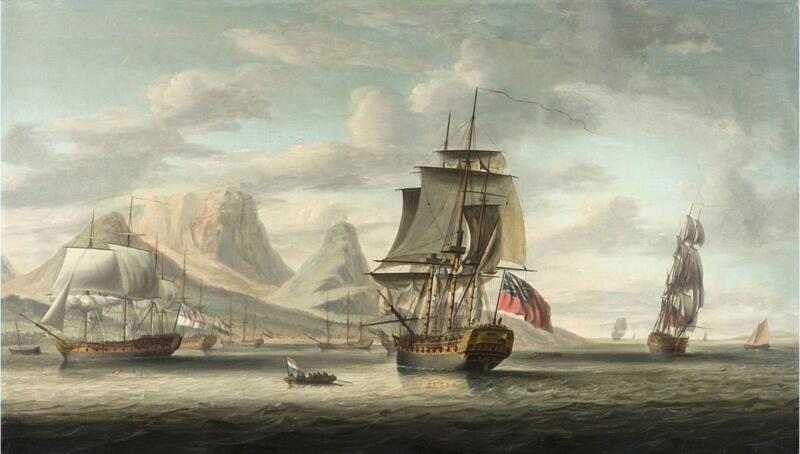
The book is a part of the Amazing Stories collection. According to the Heritage House website, the series consist of “interesting books on hundreds of different topics.” The quick tales are “about animals, gold hunters, historical figures, lawmakers, shipwrecks, true crime, Canadian history, and many other subjects” and they’re accessible writing means suitability for any adult reader but also middle-grade and school use.
Besides North America’s west coast, the book details the Barkley’s other aptly categorized amazing adventures around the globe. Though, these could be better described as misadventures. Heartbreak, and not luck, were the norm for the Barkleys. So, while the book reads like fiction, the story possesses the realities of true life. Don’t expect a happy ending.
The maps and historical drawings in the book help give context to where the couple travelled. They most important map, the one showing the Barkley’s two voyages, is dedicated its own page and read by flipping the book 90 degrees. Unless you’re equipped with a magnifying glass, you might find it difficult to decipher the other maps. My only minor criticism for the book is that these maps could have been larger to aid in the geographical understanding of the voyages.
Before leaving the west coast of North America, Captain Barkley made a crude map of Barkley Sound. The map shows a safe anchorage, a useful tidbit for any mariner. As that information was useful to the sailor so is this review to the reader. If you’re looking for safe harbour for your hard-earned booty, Cathy Converse’s Frances Barkley Eighteenth-century Seafarer is a solid choice.

*
 Dave Flawse is the publisher of a Vancouver Island history site, a freelance writer, and an editor. He writes about history, but also other lesser-known, remarkable stories hiding in plain sight. A firm believer in literary citizenship, he promotes and furthers literary arts in British Columbia with the goal of helping this robust and diverse community impact as many readers as possible. Read his portfolio here and visit his website here. Editor’s note: Dave Flawse has also reviewed books by Vickie Jensen, Kathryn Willcock and Kelly Randall Ricketts for The British Columbia Review.
Dave Flawse is the publisher of a Vancouver Island history site, a freelance writer, and an editor. He writes about history, but also other lesser-known, remarkable stories hiding in plain sight. A firm believer in literary citizenship, he promotes and furthers literary arts in British Columbia with the goal of helping this robust and diverse community impact as many readers as possible. Read his portfolio here and visit his website here. Editor’s note: Dave Flawse has also reviewed books by Vickie Jensen, Kathryn Willcock and Kelly Randall Ricketts for The British Columbia Review.
*
The British Columbia Review
Interim Editors, 2023-24: Trevor Marc Hughes (non-fiction), Brett Josef Grubisic (fiction)
Publisher: Richard Mackie
Formerly The Ormsby Review, The British Columbia Review is an on-line book review and journal service for BC writers and readers. The Advisory Board now consists of Jean Barman, Wade Davis, Robin Fisher, Barry Gough, Hugh Johnston, Kathy Mezei, Patricia Roy, Maria Tippett, and Graeme Wynn. Provincial Government Patron (since September 2018): Creative BC. Honorary Patron: Yosef Wosk. Scholarly Patron: SFU Graduate Liberal Studies. The British Columbia Review was founded in 2016 by Richard Mackie and Alan Twigg.
“Only connect.” – E.M. Forster
2 comments on “1826 An adventurous couple”